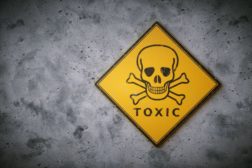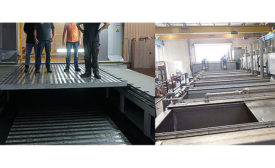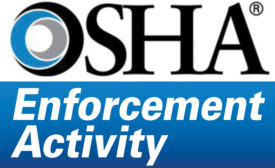Home » Keywords: » safety hazards
Items Tagged with 'safety hazards'
ARTICLES
Dispelling the myth that your worksite is unique
“Accidents just happen around here”
January 8, 2018
Never miss the latest news and trends driving the safety industry
eNewsletter | Website | eMagazine
JOIN TODAYCopyright ©2024. All Rights Reserved BNP Media.
Design, CMS, Hosting & Web Development :: ePublishing










